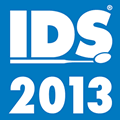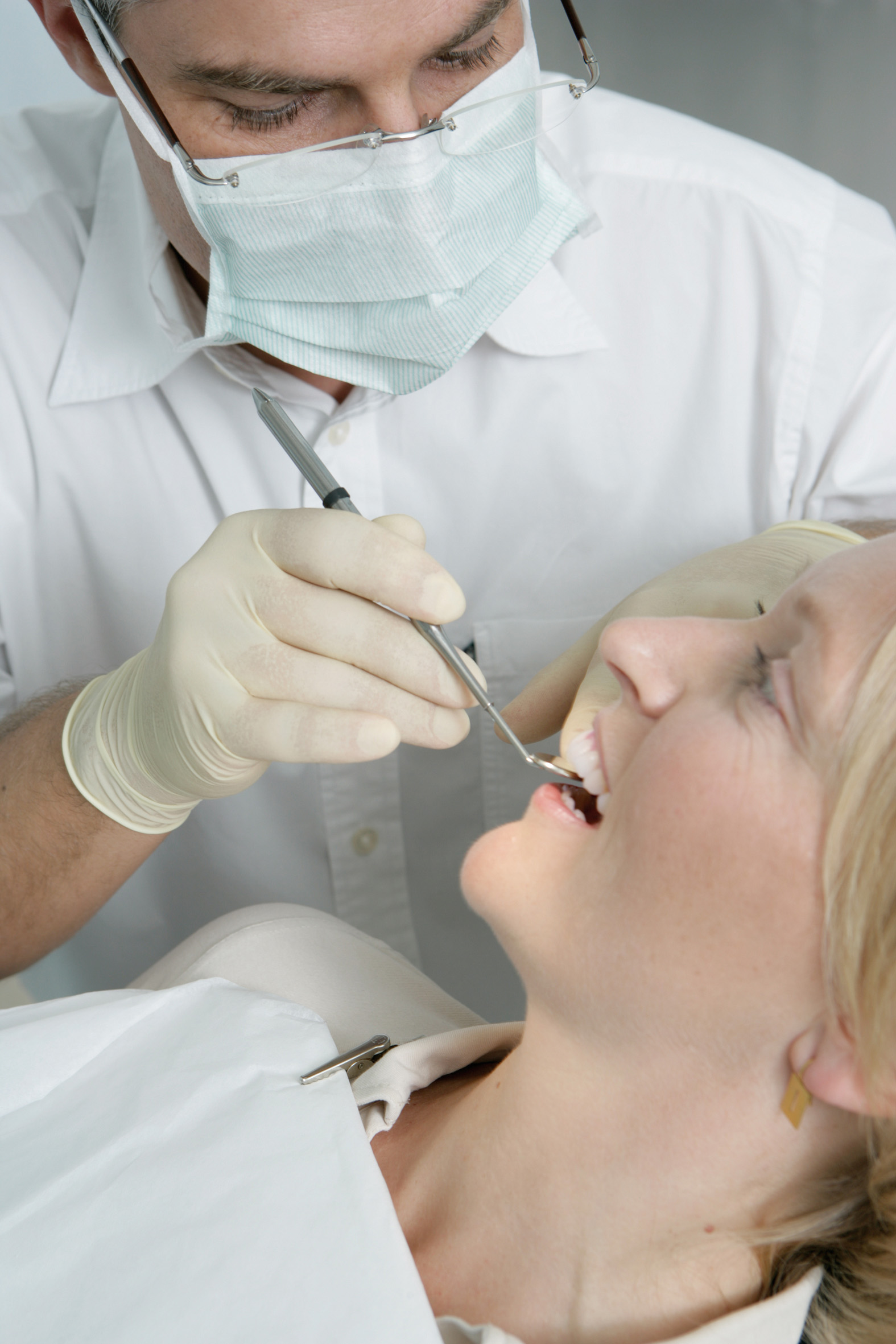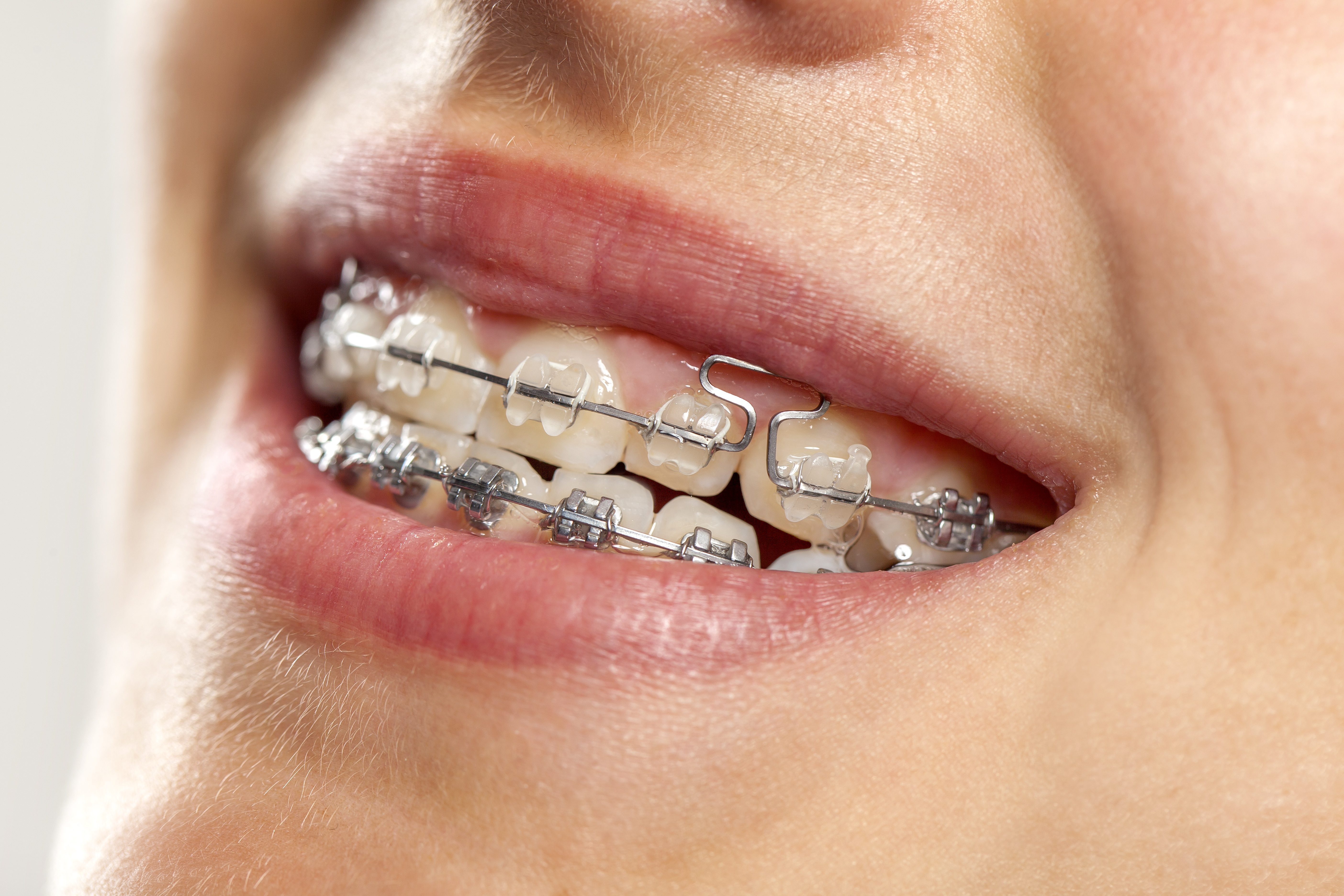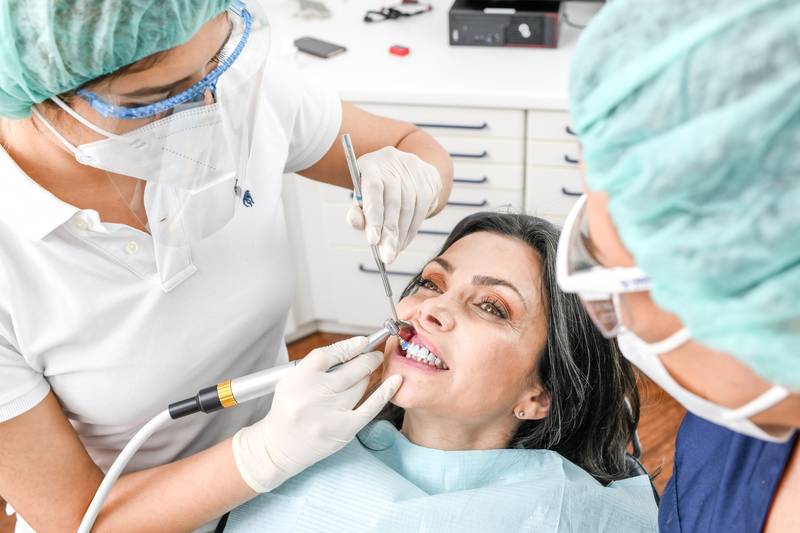Non-contact, often almost free of discomfort, and suitable for a wide range of applications - these and many other advantages make the laser a future-oriented therapy concept. More and more dentists are already relying on the achievements of dental laser technology and are thus making use of a technology that offers immediate value for their patients. But how does a dentist enter this attractive area of technology, or deliberately build it up into the focus of his or her practice? Dentists who are interested in the therapeutic application of monochromatic light should ask themselves the following questions: What do I want to use the laser for in the first place? Which speciality distinguishes my practice, and how can the new technology be used to support this speciality? When it comes to answering these questions and to the subsequent search for the right laser, interested dentists will find the concentrated expertise of the innovative dental industry and the associated trading companies presented at IDS 2013 in Cologne. There is no such thing as a universal laser that covers all indications equally well in the field of laser dentistry. Instead, the sector offers a wide range of different units for specific areas of application. Differentiating features include the respective characteristic wavelength, the medium and the form of signal produced by the laser. For example, there are solid-state lasers, gas lasers and dye lasers. Within these groups, the lasers can be further classified into pulsed and continuous beam lasers. As far as wavelength is concerned, the spectrum of light emissions extends from the ultraviolet over the visible region all the way into the far infrared. The CO2 laser, a gas laser, opens up completely new possibilities in soft-tissue surgery. Its applications include frenectomies, vestibuloplasties and hyperplasia removals, where it is used as a minimally invasive scalpel replacement. Furthermore, it can also be used to smooth scars resulting from an apicectomy. Dentists looking for a laser for hard-tissue applications will turn to an erbium:YAG laser. This can be used both for caries removal and enamel conditioning and for oral surgery procedures. Such applications include, for example, incisal ridge defects, lesions due to cleaning and multilayer constructions of dentin adhesives. The erbium laser also represents a worthwhile investment for a practice that is active in the field of paediatric dentistry, as it can be used for minimally invasive therapy of an incipient caries. What's more, unlike drilling, which is often painful and associated with disturbing sounds and uncomfortable bone-conducted noise, the laser works without physical contact and with minimal discomfort to the patient. Diode lasers can be used to carry out both gingival surgical procedures and endodontic treatments. Multimorbid patients in particular profit from this form of therapy, which is why this technique provides an additional benefit for a practice, especially in the light of ongoing demographic change. Patients suffering from diabetes are much less frequently affected by wound-healing impairments after laser therapy, and the majority of patients receiving Marcumar can also be treated without the need for the internist to make changes to the blood-thinning medication. The International Dental Show (IDS) is a must for anyone in search of a comprehensive overview of the current state of laser dentistry. Dentists and dental assistants will be able to optimally gather information and get comprehensive advice from expert manufacturers during the show, which runs from 12th to 16th March 2013. "Trade visitors from practices and laboratories will have a unique opportunity during the International Dental Show, the world's largest trade fair for dental medicine and dental technology, in Cologne from 12th to 16th March 2013. Here they can gain a comprehensive overview of the spectrum of modern laser technology in discussions with specialists from the exhibiting companies and experienced users. The right laser opens up an attractive opportunity to broaden the range of therapies offered, to acquire new patients and to raise the practice's profile," said Dr. Markus Heibach, Executive Director of the VDDI. IDS takes place in Cologne every two years and is organized by the Gesellschaft zur Förderung der Dental-Industrie mbH (GFDI), the commercial enterprise of the Association of German Dental Manufacturers (VDDI), and is staged by Koelnmesse GmbH, Cologne. Note for editorial offices:
Photos from the last IDS Cologne are available in our image database on the Internet (www.ids-cologne.de), "For the Press". If you reprint this document, please send a voucher copy.
- Alter:
4335 Tage
Laser technology in the spotlight - innovation and information at IDS 2013







